When is the self-assessment tax return deadline?
If you are self-employed, rent out a property or earn income from savings or investments, you may need to complete a self-assessment tax return. We run through the deadlines you need to know about
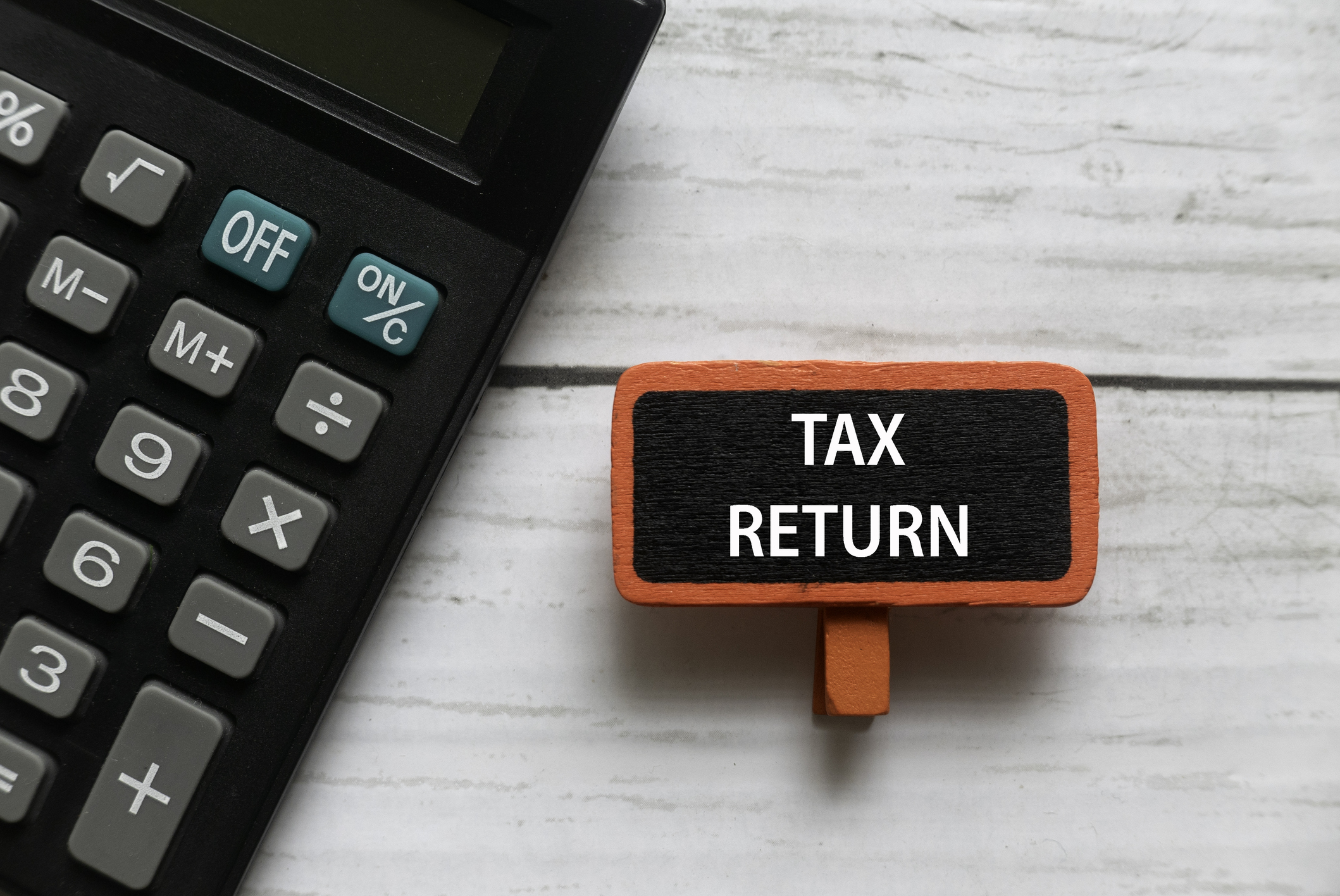

Sam Walker
Filing a self-assessment tax return is a chore, but a crucial piece of admin to get done - and on time.
Over 12 million people are expected to file a self-assessment tax return this year, including self-employed workers, buy-to-let landlords, investors that need to pay tax on income or profits and those paying back Child Benefit.
More than 3.5 million people have already got their returns in for the 2024/25 financial year, says HMRC.
MoneyWeek
Subscribe to MoneyWeek today and get your first six magazine issues absolutely FREE

Sign up to Money Morning
Don't miss the latest investment and personal finances news, market analysis, plus money-saving tips with our free twice-daily newsletter
Don't miss the latest investment and personal finances news, market analysis, plus money-saving tips with our free twice-daily newsletter
If you have not, the deadline to submit yours is fast-approaching.
Fail to submit your self-assessment on time, and you face paying a penalty and potentially interest on top.
Zena Hanks, partner in the private wealth team at accountancy firm Saffery, said: “For many, the process of sifting through 12 months of receipts and financial records can be a little frightening.
“Whether for paper returns or for online, the best advice is always to tackle tax returns as early as possible – not least to avoid the scare of a late-filing penalty from HMRC.”
Here is everything you need to know about self-assessment and the deadlines that matter.
When is the self-assessment tax return deadline?
There are two main deadlines for filing a self-assessment tax return, depending on how you do it.
The deadline for those submitting a paper tax return is 31 October - this is when the paperwork needs to be with HMRC.
For the vast majority of people who file their tax return online, there is a later deadline of midnight on 31 January.
The January deadline is not only when you need to file your return, but also when you need to pay any outstanding income tax – regardless of whether you file a paper or online return.
If you make payments on account, you’ll also need to make your first payment by 31 January. The second payment on account is due by 31 July.
If you haven’t done a self-assessment before, the deadline to register is 5 October.
If you register after 5 October, HMRC will send you a letter or email with a different deadline to file your tax return by - three months from the date on the letter or email.
There’s one other deadline you need to know about. If you owe less than £3,000 in income tax from self-employment and are currently employed or receiving a company pension, HMRC can automatically adjust your PAYE tax code to collect the tax owed.
If you want to pay your tax bill in this way, you must submit your self-assessment return by midnight on 30 December, instead of 31 January. If you’re filing a paper tax return, the 31 October deadline still applies.
Date | Deadline |
|---|---|
5 October | Registering for self-assessment |
31 October | Filing a paper tax return |
30 December | Filing an online tax return if you want HMRC to collect payments through PAYE |
31 January | Filing your tax return online Paying your tax bill First payment on account |
31 July | Second payment on account |
What happens if I miss the self-assessment tax return deadline?
Penalties will apply if you file your self-assessment tax return after the deadline.
One day late
There is a £100 fine for filing the return late, even if only by one day.
Three months late
After three months (so if you file an online tax return, that means from 1 May), you get hit with additional daily penalties of £10, up to a maximum of £900.
Six months late
After six months, a further penalty applies – either 5% of the tax due or £300, whichever is greater.
12 months late
The same fine (5% or £300) applies again once you are 12 months late.
You can also be hit with a penalty if you pay your tax bill late, including 5% of any unpaid tax at 30 days, six months and 12 months. Interest is also charged on top.
Self-assessment is payable via gov.uk or you can download the HMRC app and pay that way.
Some people put off dealing with their paperwork because they can’t afford to pay their tax bill – but this is a bad idea.
Alastair Douglas, chief executive at financial services company TotallyMoney, said: “If you’re struggling to pay your bill in full, then head over to the HMRC website where you might be able to set up a payment plan under a ‘Time to Pay’ arrangement.”
What happens if I make a mistake with my tax return?
If you make a mistake with your tax return, you can correct it even after the deadline. Tax return mistakes can be corrected within 12 months of the tax return being filed, with a new tax bill due on the updated return.
You will need to wait at least 72 hours after filing your return to make any changes.
How do payments on account work?
Payments on account are advance payments you make towards your next tax bill, ahead of the 31 January deadline.
They are designed to help you spread the cost of your tax rather than having to pay it in one go.
There are two payments on account due, each of which is around half of the previous year’s tax bill. Once you file your tax return, you can then determine whether a top-up payment is needed in order to clear the amount owed, or whether you can claim a refund.
The first payment on account must be paid by 31 January, while the second must be paid by 31 July.
So for example, if your tax bill for 2023/24 was £20,000, you will be required to make two payments on account, worth £10,000 each, for the 2024/25 tax year, with those payments required by 31 January and 31 July 2025.
If you believe your tax bill is likely to be lower than the previous tax year, you can apply to have your payments on account reduced.
You can do this by signing into your online account via gov.uk and selecting the option to “reduce payments on account”.
How to hit the tax return deadline on time and avoid overpaying
There are certain things to bear in mind if you want to remove the stress involved with filing a self-assessment tax return correctly and on time.
First and foremost, it’s a really good idea to give yourself as much time as possible.
Registering to file a tax return can take a while, since you’re relying on the postal service to send you a Unique Taxpayer Reference (UTR) number. The earlier you start this process, the better.
Similarly it’s crucial you take the time to gather together all the relevant paperwork before you start attempting to fill in the return. That means bringing together your payslips, details of other income sources, savings and investments, pension contributions and charitable donations.
Zena Hanks, from Saffery, added: "Being organised is half the battle: gather all relevant paperwork, including P60s, P11Ds or P45s, and don’t forget to declare investment income, dividend payments or any asset sales liable for capital gains tax."
Understanding the tax allowances and tax reliefs that apply to you means you may be able to reduce the actual tax you have to pay.
This can include the working from home allowance, the uniform allowance and the trading allowance of up to £1,000 for casual income.
Once you’ve got that information together, it’s important to double-check the calculations and make sure everything is accurate before you submit. Even if you make errors in good faith, you may be charged penalties by HMRC.
When the submission is finished, it’s useful to take lessons from it to work out how to reduce your tax bill in future years. In particular, topping up your pension can lower your tax liability, as well as help provide for your retirement.
You should also keep an eye on any changes to your tax code and check that it remains accurate for your circumstances.
Who needs to file a self-assessment tax return?
If your only source of income is your salary and you are not self-employed, then you probably don’t need to file a tax return. Your income tax will be deducted from your salary before you receive it through PAYE (which stands for “pay as you earn”).
Pension income is generally taxed through PAYE too, if you exceed the personal allowance.
However, if you also earn income from savings and investments held outside an ISA, a business, a second home, or another source, then it is likely you will need to file a tax return. The same is true if you are self-employed.
In recent years, more people have found themselves being dragged into the self-assessment net thanks to the effects of fiscal drag. This is because inflation has been high, but tax thresholds have remained frozen. As a result, the tax-free allowances are worth less than they once were in real terms.
Some allowances have even been cut, including the dividend and capital gains tax allowances. This means investors can wrack up less in tax-free income and gains before a tax bill is due.
If you’re unsure whether you need to file a tax return, HMRC’s online tool helps you check.
Get the latest financial news, insights and expert analysis from our award-winning MoneyWeek team, to help you understand what really matters when it comes to your finances.

Ruth is an award-winning financial journalist with more than 15 years' experience of working on national newspapers, websites and specialist magazines.
She is passionate about helping people feel more confident about their finances. She was previously editor of Times Money Mentor, and prior to that was deputy Money editor at The Sunday Times.
A multi-award winning journalist, Ruth started her career on a pensions magazine at the FT Group, and has also worked at Money Observer and Money Advice Service.
Outside of work, she is a mum to two young children, while also serving as a magistrate and an NHS volunteer.
- Sam WalkerStaff Writer
-
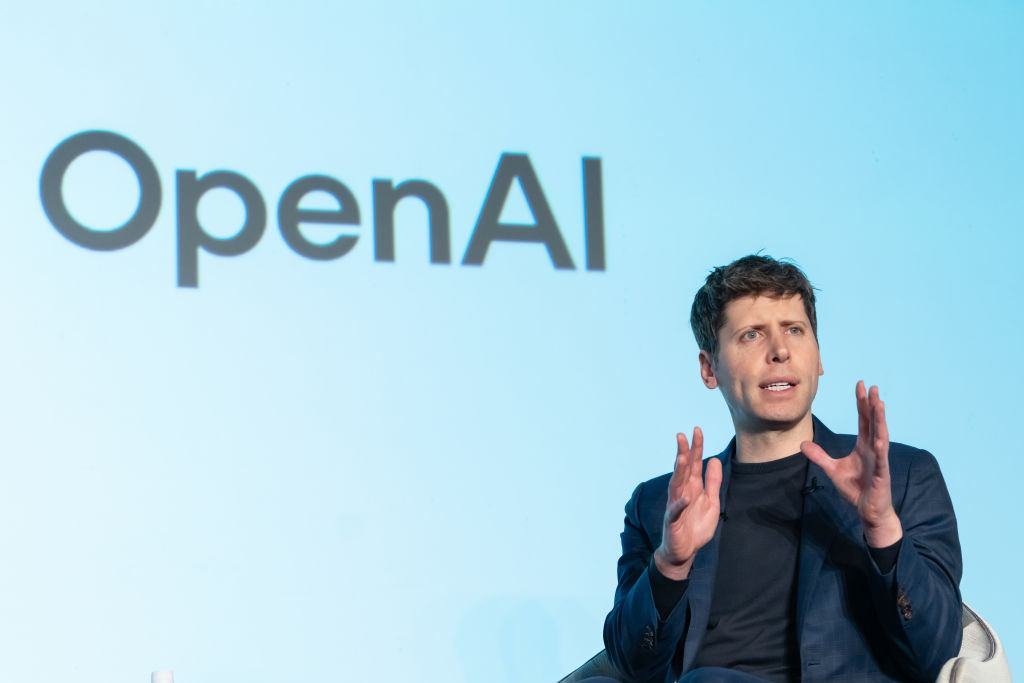 MoneyWeek news quiz: How much can you win in Premium Bonds?
MoneyWeek news quiz: How much can you win in Premium Bonds?Quiz Premium Bonds, ChatGPT, and the start of the festive season all made headlines this week. How closely were you following the news?
-
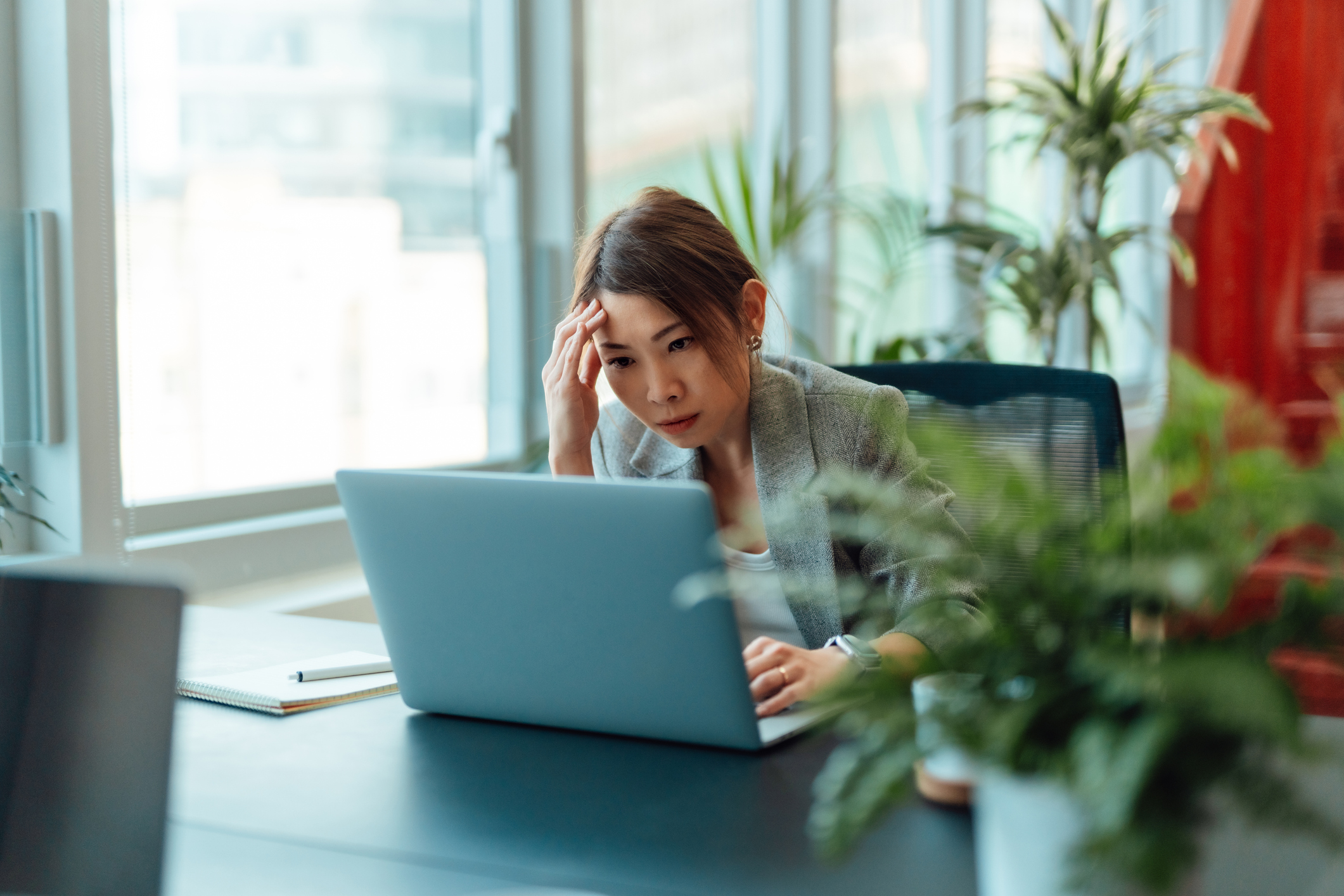 Salary sacrifice pensions cap: 3.3 million workers to be hit by contribution limits
Salary sacrifice pensions cap: 3.3 million workers to be hit by contribution limitsThe government has revealed further details of its controversial cap on pension contributions through salary sacrifice. Here is how the changes could affect you
-
 Over 1 million pay 45% rate of income tax as fiscal drag bites
Over 1 million pay 45% rate of income tax as fiscal drag bitesHundreds of thousands more people are being pushed into the additional rate tax band by fiscal drag
-
 'I've used my annual ISA allowance. How can I shield my savings from tax?'
'I've used my annual ISA allowance. How can I shield my savings from tax?'As millions face paying tax on savings interest, we explore how to protect your money from the taxman. If you've used up your ISA allowance, we look at the other tax-efficient options.
-
 Simple assessment explained as millions brace for unexpected tax bills
Simple assessment explained as millions brace for unexpected tax billsIncreasing numbers of people could get letters from HMRC saying they owe more tax due to frozen thresholds, under a system known as simple assessment. Here is what it means for you.
-
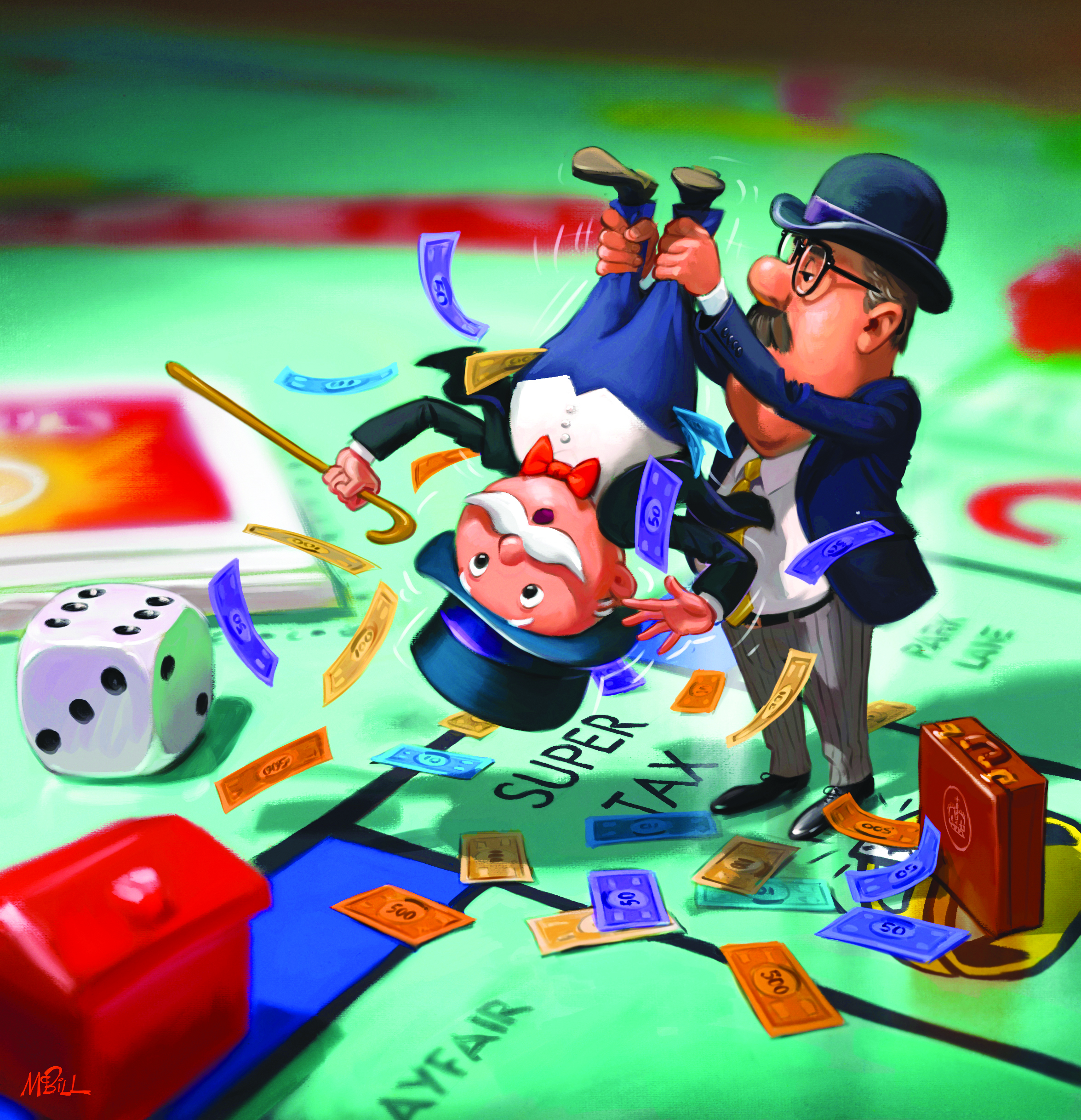 What are wealth taxes and would they work in Britain?
What are wealth taxes and would they work in Britain?The Treasury is short of cash and mulling over how it can get its hands on more money to plug the gap. Could wealth taxes do the trick?
-
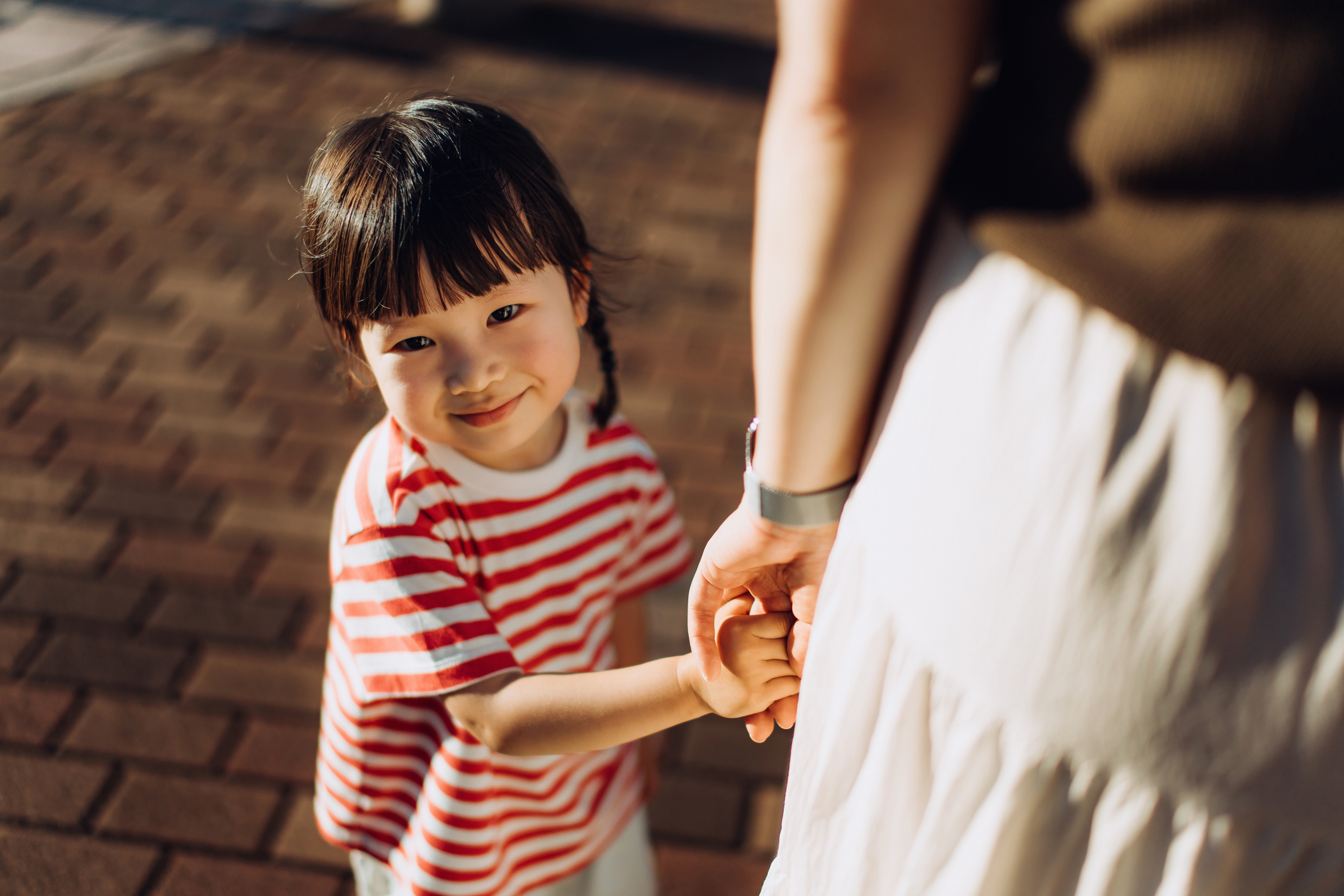 Child Benefit: how it works, eligibility criteria and how to claim
Child Benefit: how it works, eligibility criteria and how to claimChild Benefit is worth hundreds of pounds per year and claiming it can help build up your state pension entitlement. We look at who is eligible and how to get the payment
-
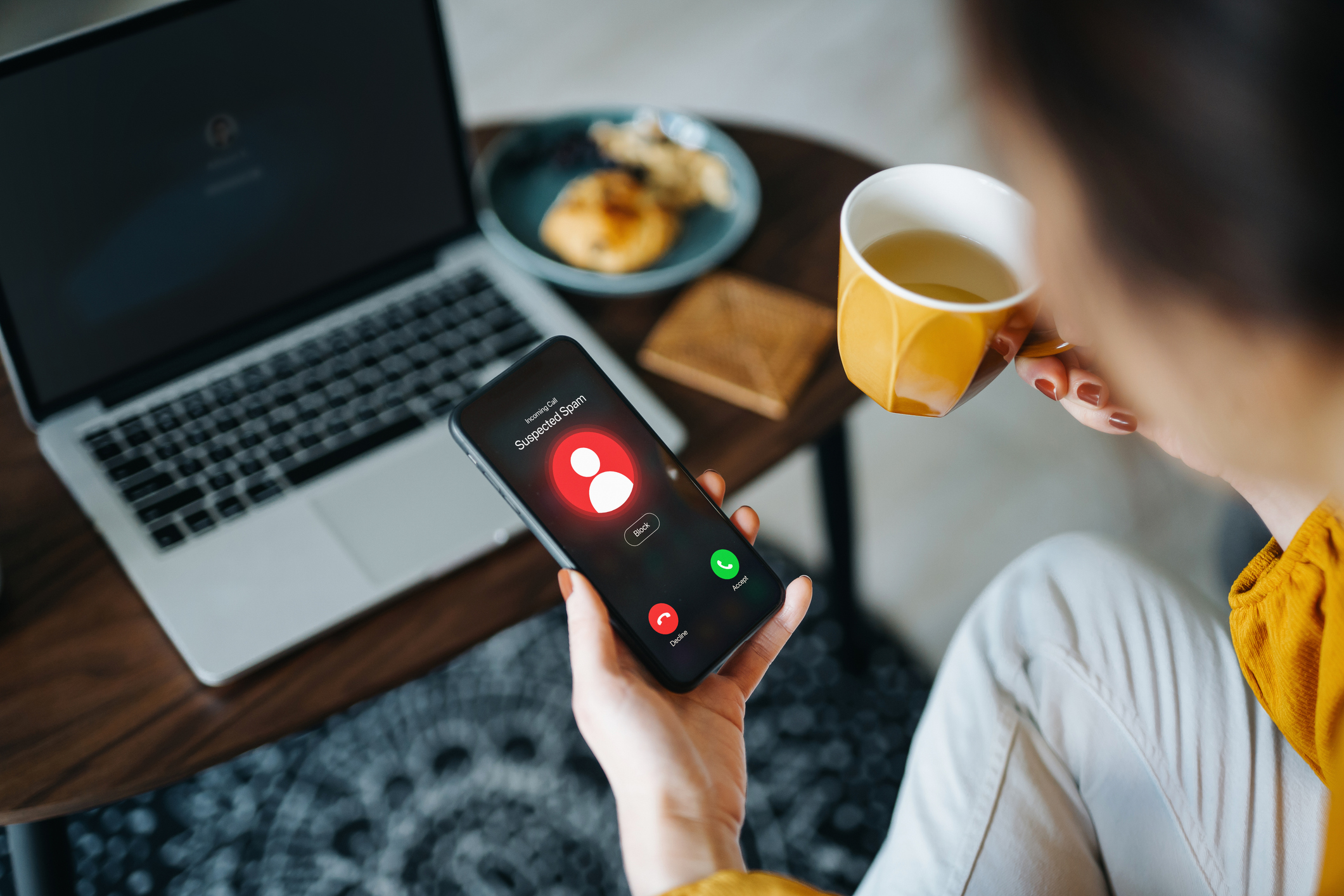 HMRC warning after scammers target 170k taxpayers – how to stay protected
HMRC warning after scammers target 170k taxpayers – how to stay protectedScammers are using increasingly sophisticated methods to trick people into sharing personal details or paying for fake self assessment tax refunds
-
 HMRC rewarded tax informants with £850,000 as record fraud tip-offs sent to taxman last year
HMRC rewarded tax informants with £850,000 as record fraud tip-offs sent to taxman last yearThe taxman was tipped off about 164,670 cases of alleged fraud last year, but total rewards given to snoops fell in the 2024/5 tax year.
-
 HMRC savings tax crackdown: More workers to pay tax directly from their wages
HMRC savings tax crackdown: More workers to pay tax directly from their wagesBanks and building societies will be required to obtain National Insurance numbers from savers to make it easier for HMRC to tax those who breach their personal savings allowance